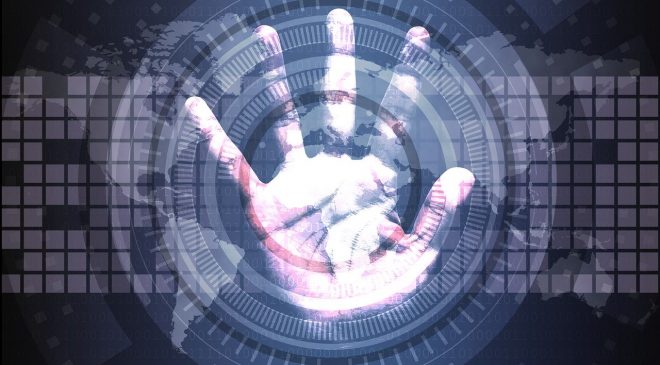Businesses need a multi-layered set of risk solutions
LexisNexis Risk Solutions published a white paper produced by Aite-Novarica exploring the challenges in addressing sophisticated fraud threats following increased digital adoption and consumers’ high expectations for online transactions.
The white paper, Multifaceted Fraud Attacks: Behavioural Biometrics as a Defensive Tool, explains that most people are using person-to-person (P2P) payment platforms more frequently since the start of the pandemic. However, a consumer survey in the whitepaper reveals that 10 per cent of U.S. respondents are using the services less often, along with 9 per cent of UK consumers and 7 per cent in Singapore. Of consumers who had reduced using P2P services, a significant proportion of consumers in the U.S. (43 per cent), UK (46 per cent) and Singapore (35 per cent) changed their behaviour due to fraud concerns.
“Fraud executives are deeply concerned about increasing fraud attacks and the effect it has on consumers and their organization’s reputation when losses occur,” said Stephen Topliss, vice president, fraud and identity strategy, LexisNexis Risk Solutions. “Businesses need the most multi-dimensional view available of an identity to make high-quality decisions. Behavioural biometrics allows businesses to provide an optimal customer experience by passively authenticating them and only inserting additional steps into their journey if there is a higher risk.”
Further findings in the white paper show that 48 per cent of fraud executives ranked consumer scam attacks among their top concerns in 2022 when thinking about transaction control frameworks. In addition to driving a significant amount of fraud, scams are also fraught with challenges given that the execution of the scam requires acts by the true customer for the fraudster to profit.
An increasing number of organizations have begun implementing behavioural biometrics in their fraud operations. Fraud executives in North America rank their satisfaction with behavioural biometric solutions as second only to the risk engines they use, according to the white paper. Business users’ satisfaction with behavioural biometrics ranked above more established approaches, including third-party identity verification, credit bureau scoring and device ownership and history verification.
“The adoption of behavioural biometrics technology is appealing from both a fraud prevention and customer experience perspective,” said Jim Mortensen, strategic advisor at Aite-Novarica Group. “The capability is attractive as it authenticates users on a passive basis, in the background, and requires no active intervention by the customer beyond their normal use of the app or website.”
Behavioural biometrics and related technologies for risk scoring can help organizations address fraud and authentication challenges. Behavioural biometrics analyses how a person interacts with a device, including attributes such as the angle at which a consumer holds a mobile phone or tablet, how much pressure they apply to its screen, surface swipes and directional motion, as well as typing rhythm and other keyboard patterns. It works completely in the background without adding unnecessary friction to the consumer’s journey to create a unique profile that can help authenticate genuine user interactions and flag bad actors and sessions where legitimate users may be acting under a bad actor’s direction.
Financial fraud executives’ most common concerns also include various types of losses because of application fraud, with bad checks, mule activity and synthetic identities all named among the top two worries by 22 per cent of executives. Fraud investigators can find it difficult to identify synthetic identities because they may appear like consumers who are new to the country or to credit. A multi-dimensional view of applicants helps fraud executives detect suspicious identities and make better informed decisions.
A multi-layered set of risk solutions, including behavioural biometrics tools such as LexisNexis® BehavioSec®, enhances an organization’s ability to detect scams by identifying distinct behavioural patterns. LexisNexis BehavioSec provides matching scores that indicate how likely it is that behaviour is aligned with the genuine consumer or related to unusual behaviour and coaching that indicates a scam.





